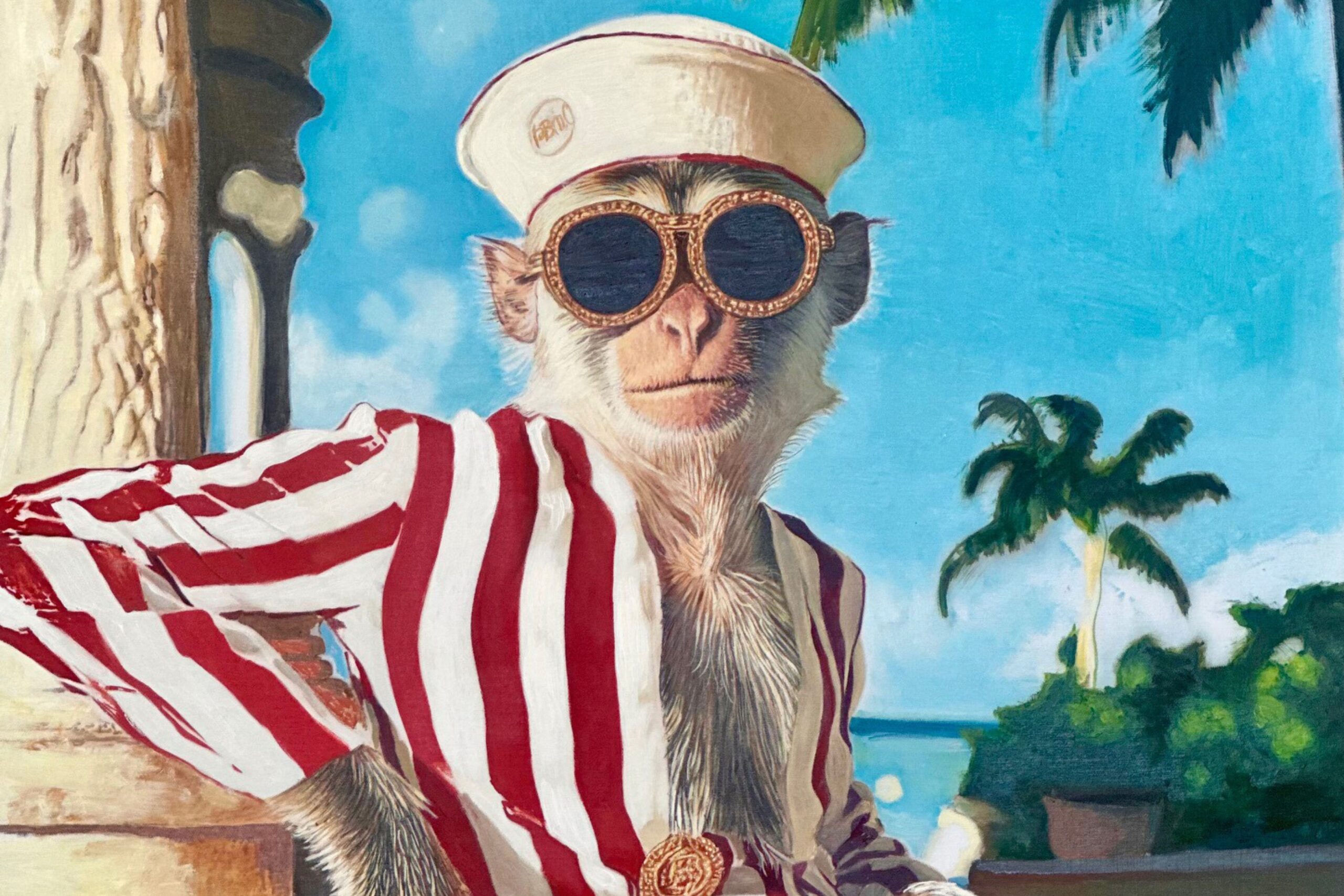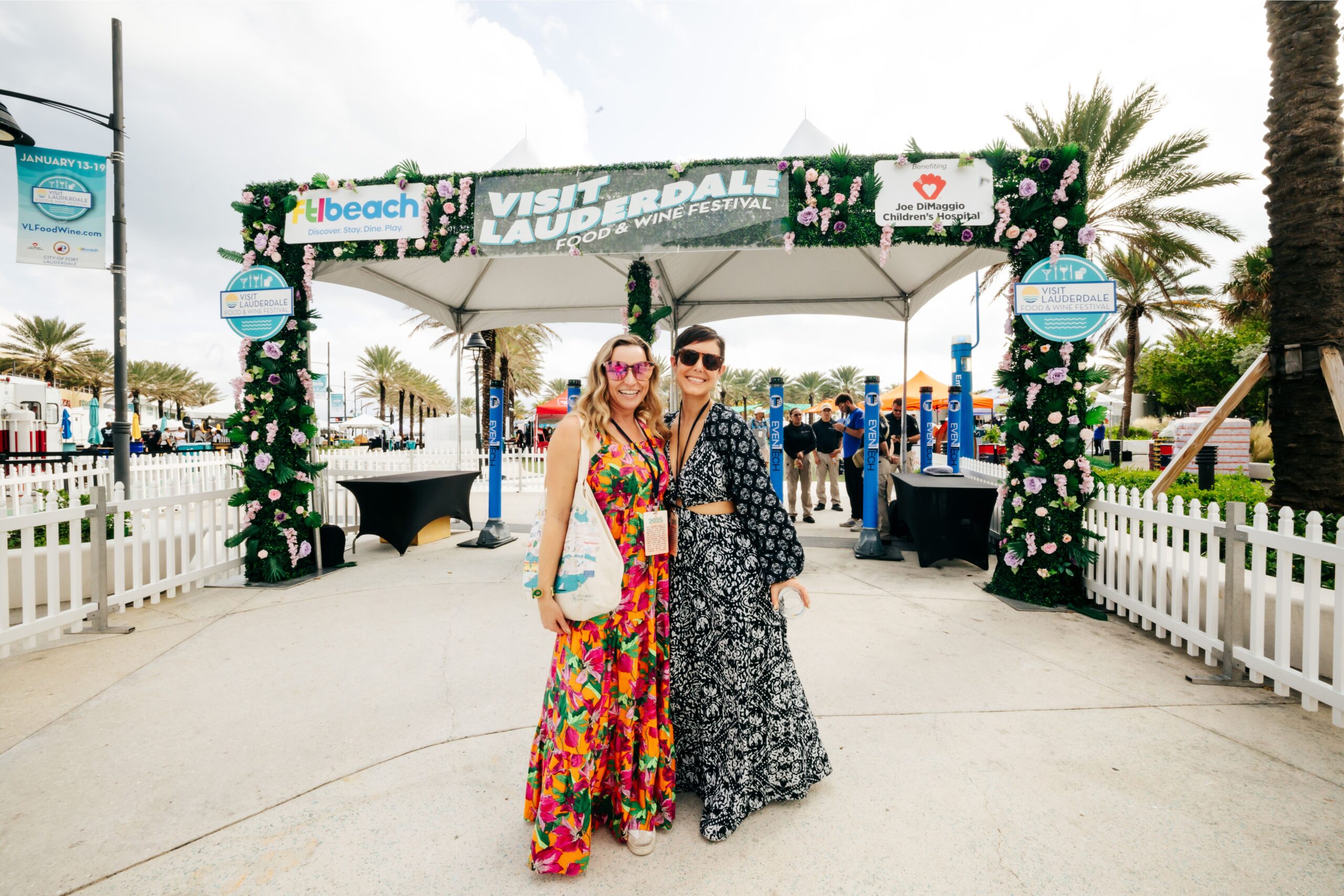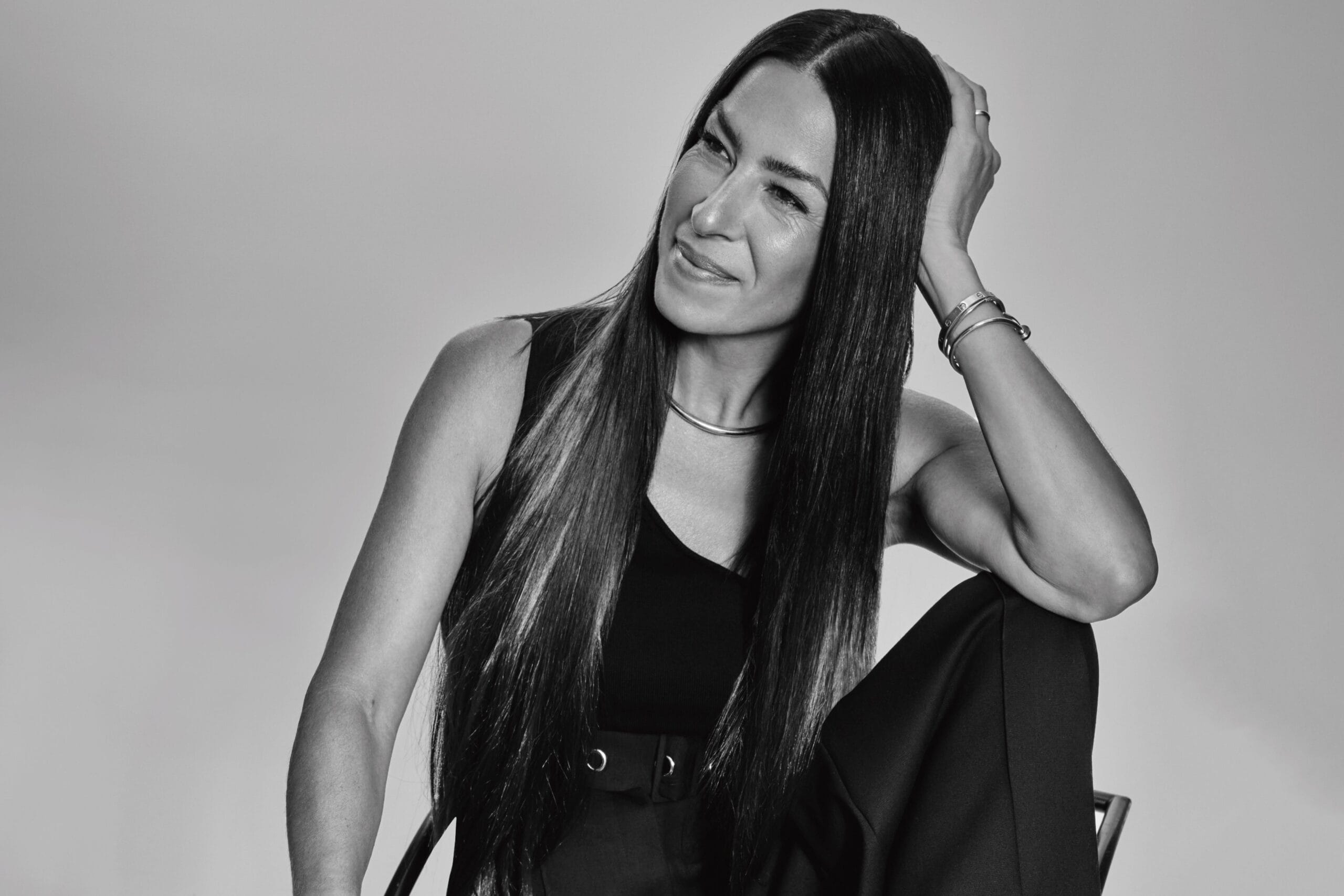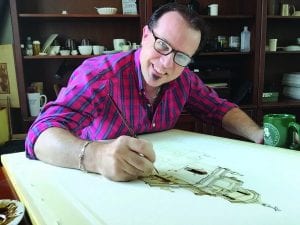 Just a few steps into the foyer of his Coconut Creek home, artist Steven Mikel greets a reporter with a question that hardly seems out of the ordinary: “Do you want a cup of coffee?” Then again, this is the same man who looks at dark roast the way a sculptor views a brick of clay.
Just a few steps into the foyer of his Coconut Creek home, artist Steven Mikel greets a reporter with a question that hardly seems out of the ordinary: “Do you want a cup of coffee?” Then again, this is the same man who looks at dark roast the way a sculptor views a brick of clay.
Mikel takes leftover coffee that otherwise would be thrown out and eventually turns it into the watercolors he uses to create masterful works on canvas. He jokes about the “back grounds” of how he started creating art out of what most people drink to kick-start their day.
When his father-in-law, Audra Rogers, now 93, came to live with Mikel and his wife, Joanna, he took on the chore of making sure the java was brewing before anyone else was awake. When Mikel noticed the Monday morning coffee was starting to taste “odd,” he inquired.
“He had been using a small amount of fresh grounds and a new filter—but putting the leftover coffee from Sunday back through as water,” Mikel says, explaining that Rogers, who lived through the Great Depression, didn’t like to waste anything.
Mikel made a deal with his father-in-law: He would figure out a way to utilize the leftover coffee in exchange for a fresh pot on Monday mornings.
Soon after, Mikel encountered his aha moment while the family was out to breakfast. “My wife tells the story that I suddenly put my coffee cup down and she could see the wheels turning in my head,” he says. Culled from his days as a chef (although he made a living in technical illustration and computer programming), Mikel knew he was onto something.
“If I could cook the [coffee] leftovers down where there was hardly any water left—get it to a consistency of something like a sauce reduction—it would create a resin,” he says.
He’d use the resin as his paint, which he would then liquefy with a cup of coffee—black, of course, no sugar or cream. Artistically, it was the same technique he’d used with the traditional watercolors he had been mastering for almost a decade.
In 2008, Mikel began painting exclusively with coffee, branding it as “Dark Roast Watercolors” with the tag line “Realism from a Different Point of View.” Collectors now wait for him to complete his next work (his paintings sell for about $3,500 each) and his art is exhibited and sold in fine art galleries in Florida, Georgia and North Carolina.
Mikel himself drinks six to eight cups of coffee a day, as it is, of course, vital to his work. He dips the watercolor brush into the same mug to liquefy the coffee resin. It’s become part of his work. This full embrace of coffee has given Mikel an awareness that bleeds over into his daily life. Lately, he’s become passionate in finding a way to contribute to the medium that has given him so much.
“I’m using coffee that would have gone to waste,” he says. “I’m creating something of value; it is going to a gallery, but how do I give directly? To the growers?” Mikel found two organizations that work directly with coffee farmers: Coffee Kids and Thrive Farmers Coffee. “For the next round of sales of my paintings,
10 percent will be donated back to the actual coffee grower.”
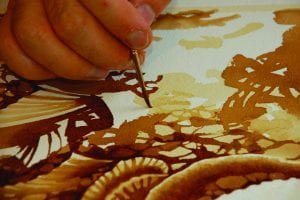 The artist also wants to immerse himself in his new city (he and his wife moved to Coconut Creek in 2015 from Celebration, Fla.). In May, he hosted a three-hour workshop as guest artist at the Coconut Creek Community Center, where he shared his love of coffee painting with residents.
The artist also wants to immerse himself in his new city (he and his wife moved to Coconut Creek in 2015 from Celebration, Fla.). In May, he hosted a three-hour workshop as guest artist at the Coconut Creek Community Center, where he shared his love of coffee painting with residents.
“There are millions of people who paint with watercolors and millions more who paint with oils,” he says. “I paint with coffee. But what sets one artist apart from another isn’t what they paint with, but their particular vision.”




